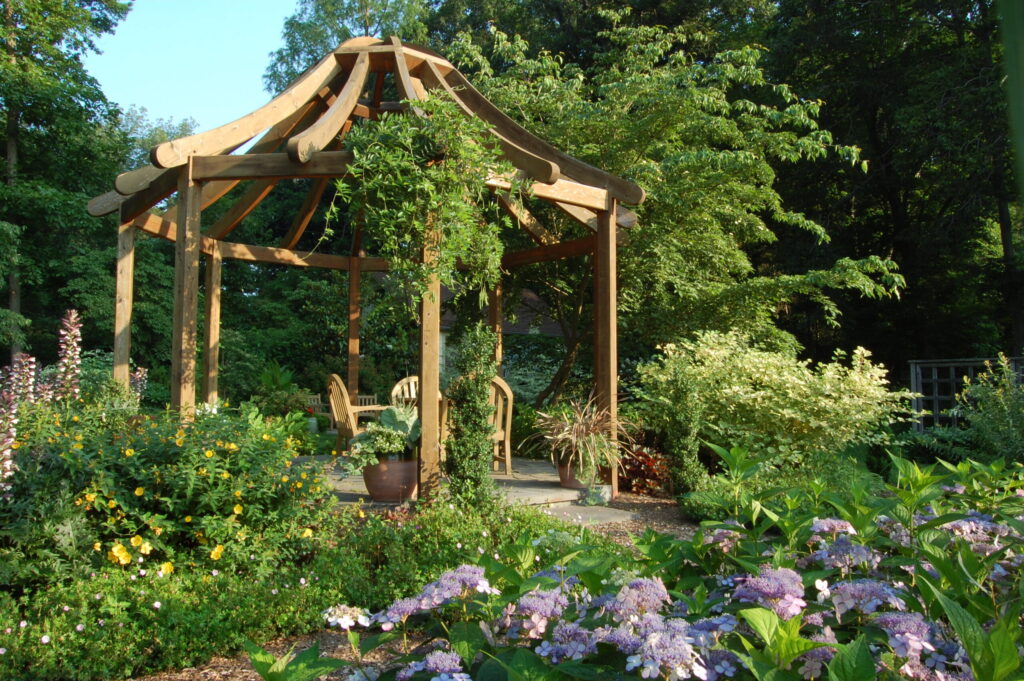
Rutgers Garden Helpline Reopens
GARDENING QUESTIONS?
NEED INSECTS IDENTIFIED?
RUTGERS COOPERATIVE EXTENSION OF UNION COUNTY CAN HELP.
After being closed for the past two years due to the Covid pandemic, the Garden Helpline is now open to help solve your questions and problems.
Even landscape professionals occasionally need assistance identifying problems. Diseases of trees and shrubs or insects need to be properly diagnosed before they can be cured or controlled.
Luckily for us, Rutgers Cooperative Extension has county offices throughout New Jersey. Your county office can be found in the yellow pages or online. Rutgers Garden Helpline is staffed by trained volunteers to assist the citizens of their county with continuing educational opportunities supplied by Rutgers agricultural department during the year.
Rutgers Garden Helpline of Union County is located at 300 North Ave. East, Westfield, NJ, (Colleen Fraser Building, 2nd floor)
For questions and office hours call the Garden Helpline at 908-654-9852
There are three ways you can reach the garden helpline with your questions.
First you can call them at number above.
Secondly you can e-mail questions and photographs to:
mastergardeners@ucnj.org
Or clients can bring a plant, lawn or insect samples to the office. Specimens are the surest way to guarantee a proper identification.
Our NEW hours are Monday to Thursday, 10AM until 2PM
& Friday 10AM until NOON.
The Garden Helpline volunteers are well trained to identify tick* species including ‘deer ticks’ which transmit Lymes disease to humans and pets.
This is an extremely valuable service as the deer and tick populations continue to grow in New Jersey.
The Asian Lantern-fly invaded Union County last spring and has already damaged many fruit trees and vines. The HL will keep you updated on the latest information how to control this colorful but destructive leaf hopper.
In addition to garden critters, the Helpline will identify house infesting insects such as carpenter ants, termites and food infesting pests.
QUEEN ANN’S LACE (Wild Carrot)
Today we are so use to the term ‘invasive’ relating to plants that arrived in America by that accident we have forgotten that many of our modern weeds were brought here on purpose by colonists who thought they were beautiful.
One great example is ‘Daucus carota’, also known as wild carrot and Queens Ann’s Lace.
Queen Anne’s lace, Daucus carota (Family Apiaceae), is a common sight in dry fields, roadside ditches and open areas. There are many explanations for the origin of this common name, including the flower’s resemblance to the lace that was fashionable around the time of the British monarch, wife of King James I; because people thought it resembled Queen Anne’s lace headdress; 18th-century English courtiers used the flowers as “living lace;” and supposedly because Queen Anne challenged her ladies-in-waiting to a contest to see who could produce a piece of lace as beautiful as the flower, but none could rival her own efforts.
It is also called wild carrot because this is the European plant that cultivated carrots were developed from. It was brought to North America with the colonists as a medicinal plant and is now naturalized throughout the continent.
Seeds germinate throughout the growing season, producing a small rosette of ferny green leaves. The finely divided alternate leaves are tri-pinnate
(the feather-like leaflets are again divided) and the lower leaves are considerably larger than the upper ones. The plant also produces a firm, yellowish, spindly taproot. Although the root is edible when young (but not tasty like its cultivated relatives), the leaves can cause skin irritation in some people, especially those sensitive to celery or chrysanthemums. There are similar looking plants such as poison hemlock or fool’s parsley (Conium maculatum) and water hemlock (Cicuta maculata) that are poisonous, so roots. This biennial flowers in its second season, then dies. Hollow branched flower stems grow two to four feet tall, and both the stems and leaves are covered with short, coarse hairs. The attractive, airy two to four inch “flower” is actually a compound flower. Up to a thousand tiny white flowers are produced in lacy, flat-topped clusters (umbels) with a dark, purplish center. As the seeds ripen, the inflorescence curls inward to form a “bird’s nest” shape and turns a brownish color. A small bristly seed is produced at the end of each flower stalk, and once dry they readily latch onto fur or feathers to be disseminated beyond where the seeds would otherwise fall.
Queen Anne’s Lace is so adaptable that in some habitats it crowds out native species that can’t compete with its vigorous growth. Many people consider Queen Anne’s lace an invasive weed (it is listed as a noxious weed in at least 35 states), but it is used by some native animals for food. It is a host plant for eastern black swallowtail caterpillars and many butterflies and adult bees and beneficial insects utilize the flower nectar. To reduce the spread of this plant, remove the seedheads before they mature.
– Susan Mahr, University of Wisconsin – Madison
Happy Gardening,
James
